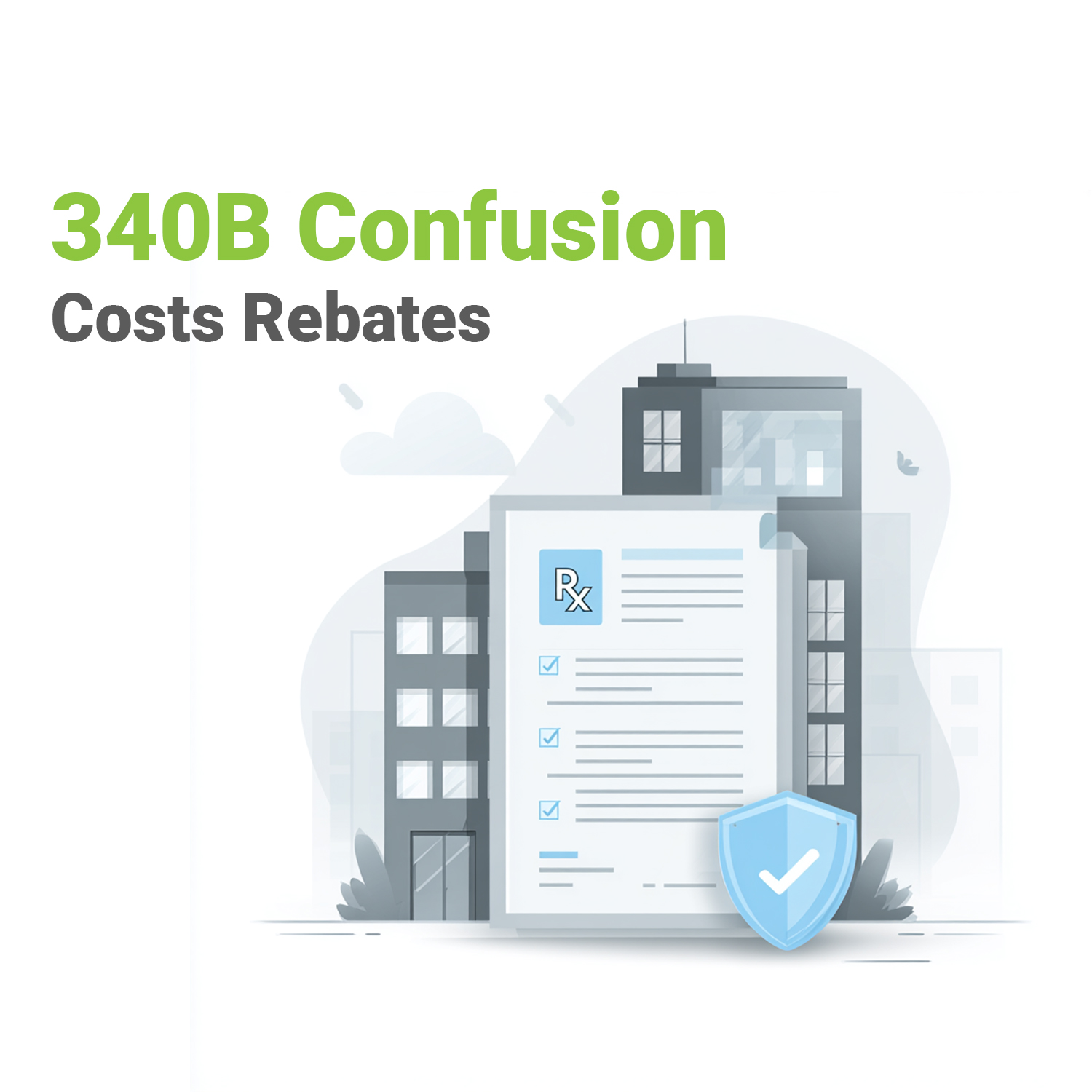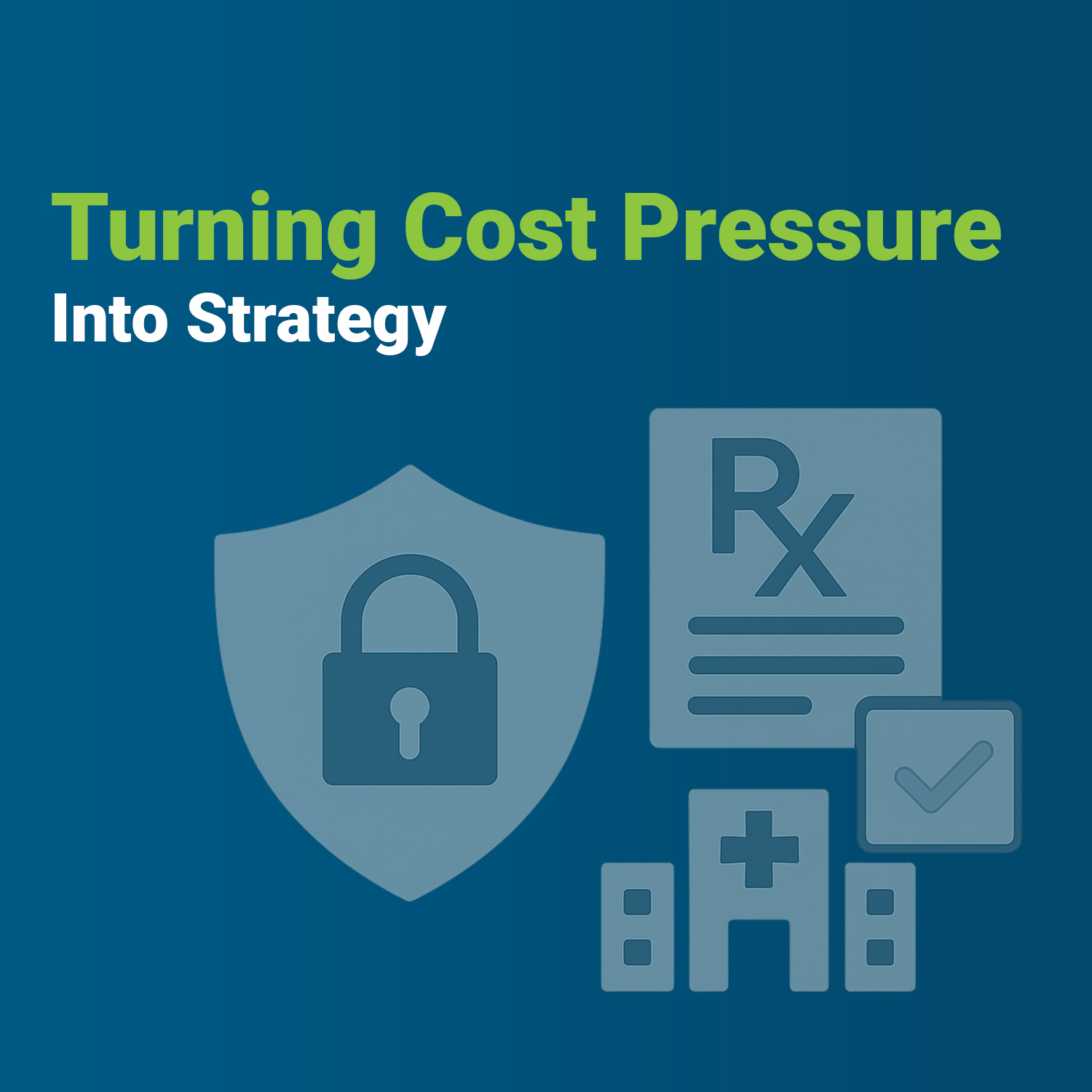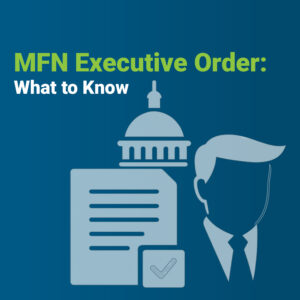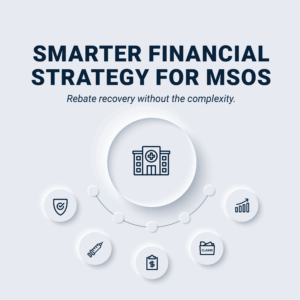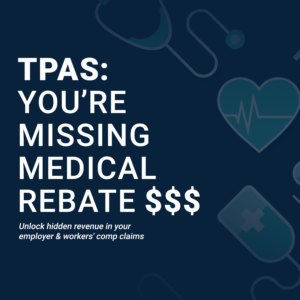The study looked at the public sector state-administered Medicaid in two states, Illinois and Michigan. Specifically, it looked at the cost of new and highly effective drug treatment for Hepatitis C.
Where it gets interesting is that Illinois and Michigan took very different paths toward providing these new drugs to their Medicaid patients. Michigan relied on its leverage as having a large pool of potential patients needing the drug to negotiate the best possible price. Illinois, instead, contracted with a pharmacy benefit management company to manage cost and availability.
As described in a recent article in Forbes.com, at first, the results were similar:
In a recently published study we found that the unit price paid by both states started roughly equal in 2015 at $30,000 per treatment which was well under the listed price at the time and gradually fell to $25,000 by the beginning of 2019. At that point, however, generic treatments became readily available and the price Illinois paid fell substantially as PBMs rapidly responded by switching to the cheaper alternatives. By the end of 2019 Illinois was below $10,000 for a course of treatment. Michigan’s price, by contrast, remained more than twice as high as it continued to purchase high-price brand name products.
Great news for Illinoisans.
“This isn’t surprising,” said VativoRx CEO and managing partner Lisa Quarterman. “There’s a hope out there that state and federal governments, by their sheer size, can extract the absolute lowest price. But the reality is that governments, much like employers, aren’t ideally suited to the ongoing management of pricing and availability for prescription medicines.
“There’s a reason that PBMs exist. We’re not just a middleman between patient and their needed medicines. We’re trained professionals who specialize in finding the best possible price for our clients, their members and families.”
The study points out the massive savings available in just one state out of fifty — more than $50 million for just one drug:
In our analysis of two states and one therapeutic class of life-saving medication, we present a cautionary tale of the pitfalls of believing that centralized purchasing can achieve better savings than the private sector. Our work highlights an often-overlooked aspect of the role of the private market in health care delivery: MCOs in general and PBMs in particular are able to move more nimbly in response to changing market conditions. In the case of hepatitis C therapies, the predicate has been the rapidly evolving availability of generics. Had Michigan been able to react with the alacrity of the PBMs in Illinois it could have saved taxpayers as much as $50 million per year, we estimate.
There is too much at stake to task over-worked and under-resourced state Medicaid departments with the job of being experts on the ever-changing competitive landscape of the pharmaceutical market. A better strategy is to write contracts with private companies in which everybody wins: patients gain access to life-improving therapies at the same time taxpayers share in the gain from leveraging competitive forces to obtain better prices for drugs.
“We always say PBMs can do better,” said Quarterman. “This is exactly what we mean.”

